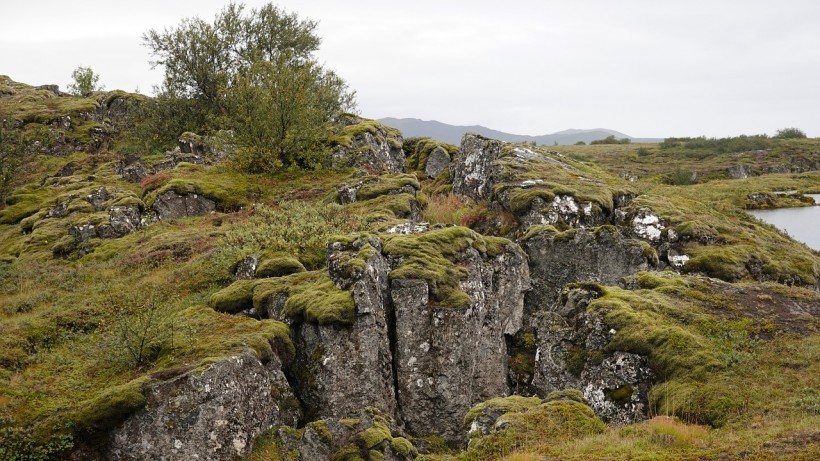The Pontus mega-plate used to span roughly 15 million square miles (roughly 38.8 million square kilometers). This is equivalent to roughly one-fourth of the Pacific Ocean's size today.
Pontus Mega-Plate
While the Pontus tectonic plate used to boast of its massive size, it ended up gradually becoming subducted and eventually lost. A neighboring plate's gravity could have pulled it down.
The tectonic plate traces back to 160 million years ago, with 20 million years ago harboring its most recent traces. However, during the latter period, the plate's size would have become severely smaller.
Pontus and its movement were identified by researchers using computer modeling and oceanic rock studies, as documented in a new study.
Suzanna Van de Lagemaat, a plate tectonics PhD candidate from Netherlands Utrecht University, who also led the study, explains that there are several plates that used to cover the Earth's surface but no longer exist at present. She adds that, in her model that goes as far back as 160 million years ago, Pontus was existent. She also notes the possibility that Pontus could be older than this.
Eventually, the mega-plate disappeared roughly 20 million years ago. This means that it once covered the surface of the Earth for over 140 million years.
It is common knowledge that the lithosphere of the Earth, which covers its outermost rocky shell, currently has roughly 15 tectonic plates with varying shapes and sizes.
Strong seismic activity can be picked up along the borders of tectonic plates. This is where tectonic plates end up rubbing against each other, which then causes earthquakes.
However, huge plates over the Earth have disappeared into the mantle due to a process known as subduction.
Subduction of Earth's Tectonic Plates
Subduction is a geological process that involves the edge of a lithospheric plate getting forced below another plate's edge. As time passes, the whole plate could end up getting lost.
A plate that gets subducted could end up leaving traces when it eventually enters the mantle of the Earth. These traces could be rock fragments within mountain belts.
The process of subduction is generally ongoing. During this process, a subducting plate's upper parts get scraped off.
Most Complicated Plate Tectonic Region
As part of the study, the researchers examined the most complicated plate tectonic region in the world: the area surrounding the Philippines. This region has been described to be a complex junction of varying plate systems where several boundaries end up meeting. Van de Lagemaat explains that the area mostly comprises oceanic crust, though there are pieces that are above sea level.
The researchers utilized geologic data for reconstructing current plate movements using computer modeling. They also noted that northern Borneo contained the puzzle's most important piece: oceanic rocks which have been described to be Pontus' relics. These relics of Pontus are not only found in northern Borneo, but also in Palawan, which is an island situated in Western Philippines, and in the South China Sea.
Findings generally led the researchers to believe that they were dealing with a plate that was previously unknown. The existence of Pontus has been predicted by experts from the university over a decade ago, but it is only now that the hypothesis has been addressed.
The subducted plates' fragments can be traced into the core-mantle boundary of the Earth, which is deep beneath the surface of the Earth.
RELATED ARTICLE: Plate Tectonics Weaken as They Sink; Research Reveals Pieces of Crust of Earth Bend Upon Entry in the Mantle
Check out more news and information on Geology in Science Times.





![Earth's Quasi-Moon Kamo‘oalewa Could Originate From Lunar Surface Not Asteroid Belt [Study]](https://1721181113.rsc.cdn77.org/data/thumbs/full/53275/89/56/50/40/earths-quasi-moon-kamo-oalewa-could-originate-from-lunar-surface-not-asteroid-belt-study.png)









